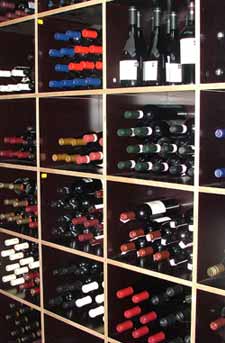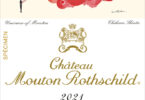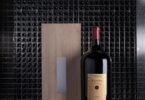 Collecting wine is a personal persuit. Developing your tastes and building your collection are parts of an individual journey, though often – and fortunately – one you’ll enjoy and share with other wine enthusiasts. How you undertake that journey reflects how you store, age, and display your wine.
Collecting wine is a personal persuit. Developing your tastes and building your collection are parts of an individual journey, though often – and fortunately – one you’ll enjoy and share with other wine enthusiasts. How you undertake that journey reflects how you store, age, and display your wine.
Leave a Comment
You must be logged in to post a comment.






